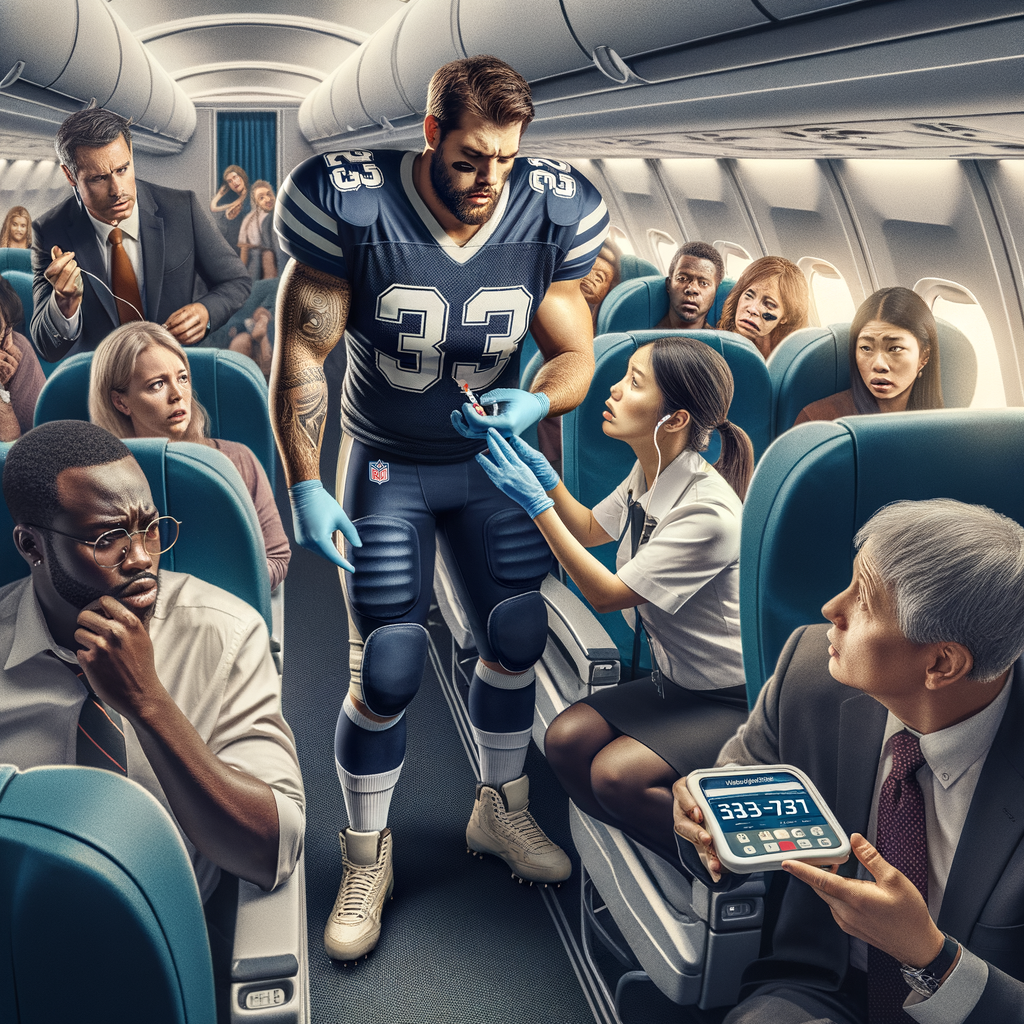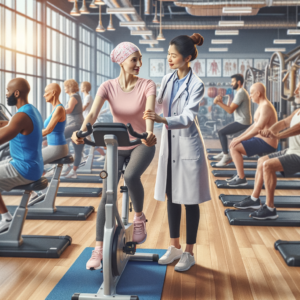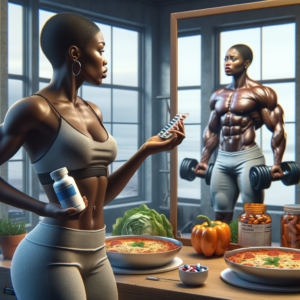
Saving the Day: Spotting and Reacting to a Diabetic Emergency
Now let’s talk about something that had me sitting at the edge of my rowing machine! You guessed it, the recent incident where NFL star – and type 1 diabetic – Mark Andrews played a life-saving assist off-field when a fellow passenger aboard a Southwest flight had a diabetic emergency! This is a perfect case to underline the importance of recognizing and managing both hypoglycemia and hyperglycemia – conditions associated with diabetes but also relevant to anyone committed to overall health and fitness. Let’s flesh it out, folks!
The Adventurous Flight: Spotting a Diabetic Emergency
Think fast, sweat smart, that’s how we outrun the treadmill, right? Andrews brought that mantra into real life when he sprung into action on-flight. Spotting the symptoms of a potential blood glucose emergency, he offered his diabetes testing kit to the medical personnel on board. This quick assistance helped stabilize the woman, who was then able to walk off the plane. Andrews praised the medical team and flight attendants as the true heroes – talk about a touchdown celebration of teamwork!
Unraveling the Mystery: What is Hypoglycemia?
An intense workout can help you ‘lose it’, but losing glucose in the body is a different and potentially dangerous game. Hypoglycemia or ‘low blood sugar’ typically happens when blood glucose levels drop below 70 mg/dL. It’s like trying to lift weights with nonexistent muscles; our body needs glucose to function at its best!
Symptoms can range from pale complexion, shaking, and headaches to more severe signs like seizures in extreme cases, similar to pushing your body past its limits without proper rest or nourishment. If you’ve experienced feeling light-headed post a grueling workout session, you’ve had a tiny taste of hypoglycemia. Addressing it promptly is crucial – like using the 15-15 rule of consuming 15 grams of fast-acting carbs and then retesting blood sugar levels within 15 minutes. But remember not to load up on fatty foods as they slow down glucose absorption, like trying to race with weights on!
Hyper What? Understanding Hyperglycemia
Just as a low rep count might not give you results, low glucose levels are one side of the coin. The other? Hyperglycemia, or ‘high blood sugar,’ happens when blood glucose levels climb over 180 mg/dL. Just as you’d curtail a workout when you feel your body’s done, hyperglycemia needs to be treated swiftly to prevent an overload.
You can feel the symptoms gradually like frequent urination, excessive thirst, and blurred vision. At its extreme, hyperglycemia can lead to a potential life-threatening condition dubbed diabetic ketoacidosis (DKA), where toxic acids, ketones, build up in the system. It’s like attempting a marathon without any preparation, and suddenly your body surrenders.
Managing hyperglycemia may involve tailored plans like insulin, prescribed medication, hydration, and yes – exercise (unless you’ve got ketones!). Always remember, folks – your workout is as unique as you, so figure out what’s best for your body along with healthcare professionals!
Key Takeaways: Flexing Your Awareness Muscle
- Quick thinking helped NFL athlete Mark Andrews recognise and respond effectively to a diabetic passenger’s emergency.
- Hypoglycemia is characterized by ‘low blood sugar’ levels, triggering symptoms like dizziness, fatigue, and anxiety. In extreme conditions, seizures can happen. It’s generally addressed using fast-acting carbohydrates.
- Hyperglycemia, or ‘high blood sugar,’ is the flip side where blood glucose levels spike, leading to frequent urination, increased thirst, and blurred vision in the initial stages. This condition can progress to a severe complication known as diabetic ketoacidosis.
- Both hypo- and hyperglycemia require a well-rounded and prompt response. While hypoglycemia is typically addressed by swiftly consuming fast-acting carbs, hyperglycemia is stabilized through proper hydration, medication, and exercise unless ketones are present.
- Regardless of whether you have diabetes or not, being aware of these conditions could help you or others during a diabetic emergency – just like Andrews did!
By being savvy about the signs of both hypo- and hyperglycemia, we can achieve more than sculpted bodies – we can potentially save lives. That’s true health and fitness, folks!
Source Citation: https://fortune.com/well/2024/02/02/mark-andrews-assist-passenger-diabetic-emergency/



